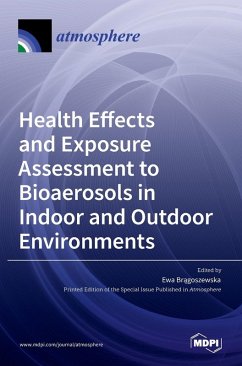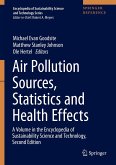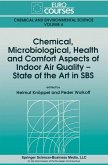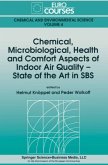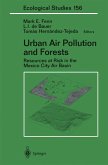Air pollution, due to natural and anthropogenic sources, incurs enormous environmental costs. The issue of healthy living spaces and good air quality is a global concern, because each individual inhales 15,000 L of air every 24 h. Thus, contemporary monitoring and reducing exposure to air pollutants presents a particular challenge. One of the crucial indicators of indoor and outdoor air quality is bioaerosols. They play an instrumental role as risk factors when it comes to adverse health outcome. These indicators, also known as primary biological airborne particles (PBAPs), have been linked to various health effects such as infectious diseases, toxic effects, allergies, and even cancer. PBAPs include all particles with a biological source in suspension in the air (bacteria, fungi, viruses, and pollen), as well as biomolecules (toxins, and debris from membranes). To foster our current scientific knowledge on bioaerosols, research related to the characteristics of biological aerosols in indoor and outdoor environments, the methods used to improve air quality, as well as the health effects of and exposure assessments to bioaerosols, have been collected in this book.

